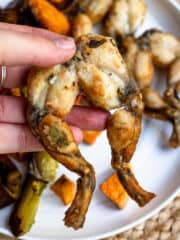For delicious recipes from Dominica, visit the linked recipes under “On the Menu” below.
Fun Facts
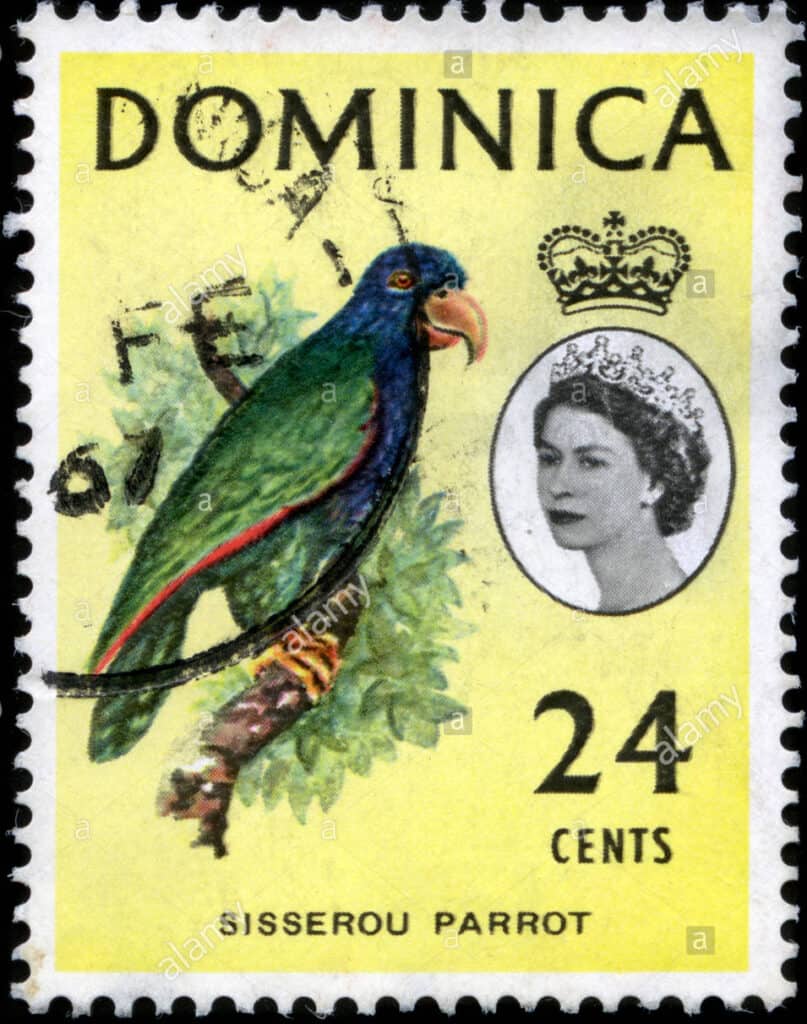
- Dominica was historically an attractive location for pirates and there are rumored to be buried treasures hidden in caves around the country.
- Pirates of the Caribbean 2 & 3 were partially filmed here.
- Dominica is one of the countries with more rain than anywhere else on Earth.
- The country is home to the largest number of Centenarians (people that live over 100 years) in the world. Though the research behind this is inconclusive, many estimate the longevity of Dominica’s inhabitants is due to high access to fresh fruit and vegetables. People in Dominica are also typically very happy and relaxed, and experience smaller amounts of stress.
On the Menu
About the Flag
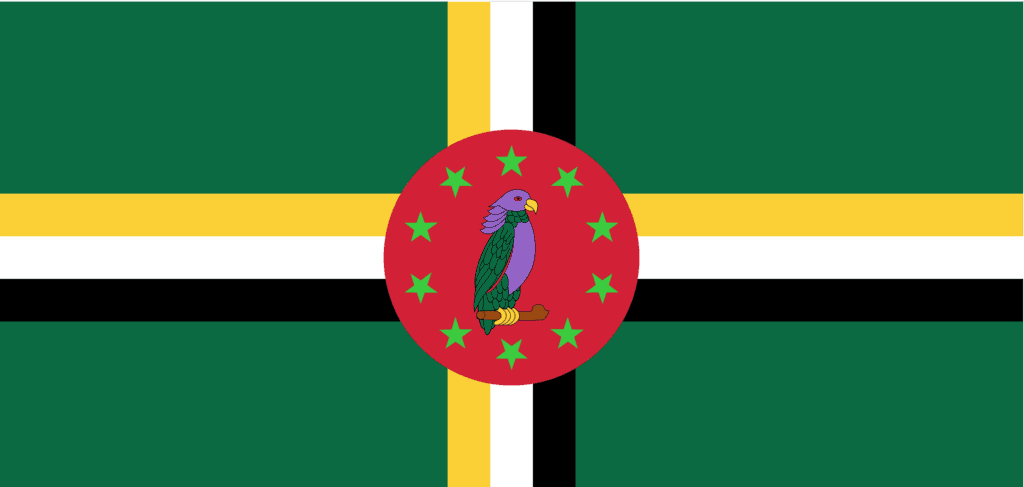
The flag is green, representing the forests and vegetation of the country.
It is split with a tricolored cross of yellow, black and white. The cross stands for the Holy Trinity and Christianity.
Yellow signifies sunshine, citrus and bananas (large exports for Dominica), and the Kalinago tribe, a local tribe of Indigenous Caribs.
The black stripes stand for the rich soil of the country as well as the African heritage of the people.
Finally, the white stripe represents the many forms of water in the country, including rivers, creeks, and waterfalls.
The center of the flag features a red circle surrounded by lime green stars. In the center of the circle sits a bird, which is identified as the Sisserou parrot. The Sisserou parrot is the national bird of the country and is incredibly rare. In fact, there are only about 300 left in the wild.
In addition to its literal representation, the parrot also signifies the country’s aspirations to fly to great heights.
The red circle represents Dominica’s commitment to social justice, and the 10 stars stand for the 10 parishes of the island. The stars also stand for hope.
Dominica is one of the only countries in the world to feature purple on their flag!
Geography
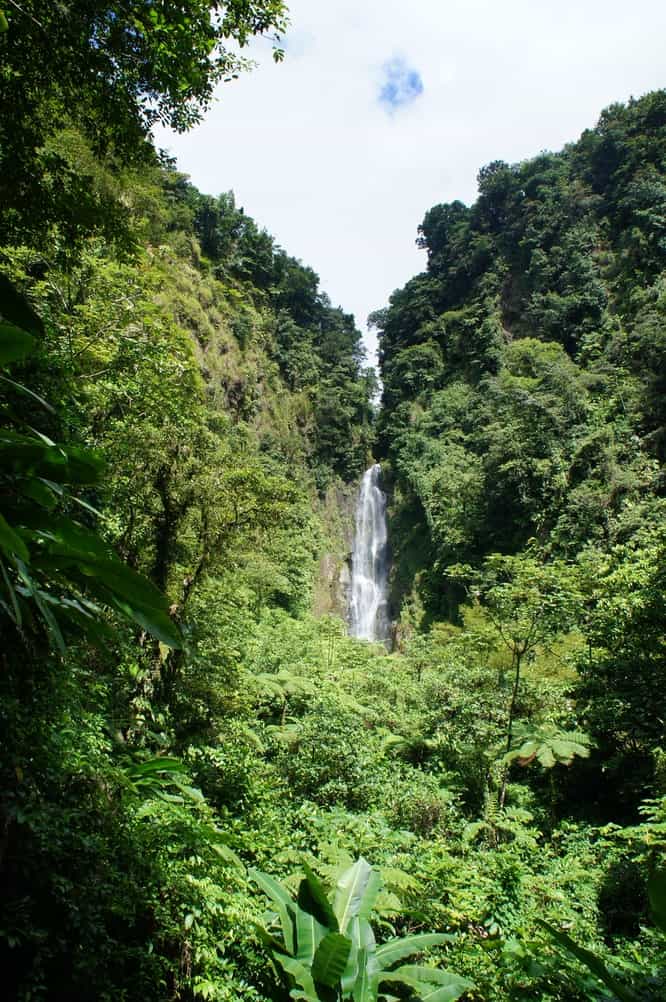
Dominica is located in the Lesser Antilles region between North and South America. It is divided into 10 parishes, or subcategories. The capital of the country is Roseau.
Unlike most of the Caribbean countries that we’ve learned about, Dominica is a single-island nation, meaning that it does not have many smaller islands associated with the country.
Dominica has the highest concentration of active volcanoes per land mass of any sovereign state, clocking in at 9 active volcanoes.
These volcanoes lead to many hot springs and thermal pools. Dominica is home to the second largest hot spring, Boiling Lake (the first largest is Frying Pan Lake in New Zealand).
Kalinago People

Out of the 72,000 inhabitants of Dominica, 85% are black, 10% are mixed race, and 4% are of the Kalinago tribe.
The Kalinago are an indigenous tribe in the country, and were the original Dominicans. The population was once reduced down to about 500 Kalinago, but they have grown and are now the largest group of native Caribs anywhere in the world at about 3,000.
The Kalinago gave Dominica its first name, Wait’tukubuli, which translates to “Tall is her body.”
The Kalinago Territory is a 3,700 acre district set aside in Dominica for the Kalinago tribe to live. This is where they build their homes, their lives, and their community.
English is the official language of the country, but the Kalinago speak Kwéyol, a rendition of Antillean Creole.
Wildlife Fun Facts
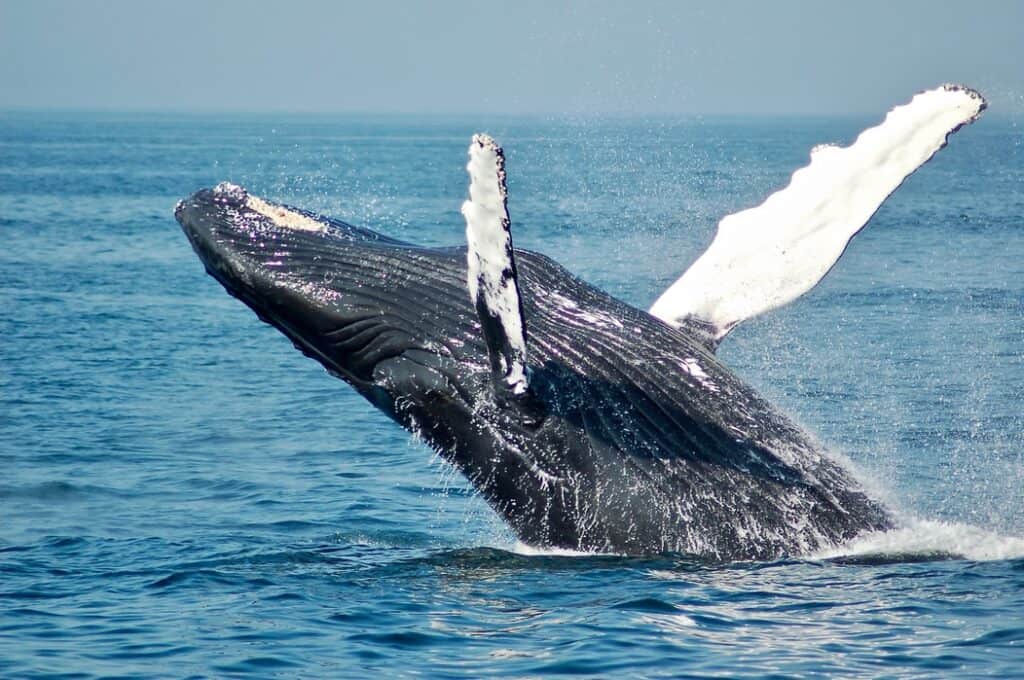
- Sperm whales live in the waters of Dominica. In fact, it’s the only place on the planet where sperm whales live year round.
- The country only has 4 amphibians. One is called Crapaud, or mountain chicken, and was once the national dish of the country. That is, until the population of frogs declined sharply in 2000 due to a fungal infection. The species is now endangered, so you won’t find Dominicans eating them anymore.
- Dominicans love to celebrate and often host festivals to celebrate just about anything, especially animals and food.
Food Culture and Ingredients

Dominican food has Creole roots and technique and features a lot of local flavor. The national dish was Mountain Chicken, until the population of frogs (the main ingredient of the dish) rapidly declined around the year 2000.
Lunch is the most important meal of the day to most Dominicans, and many stop their busy lives to sit down for a full meal.
People in Dominica very frequently eat some popular food items that we’ve made for other Caribbean countries, including Bakes, Hibiscus Tea, and Macaroni and Cheese.
Fresh fruits and vegetables are the most prominent features of Dominican cuisine, including plantains, bananas, and oranges.


